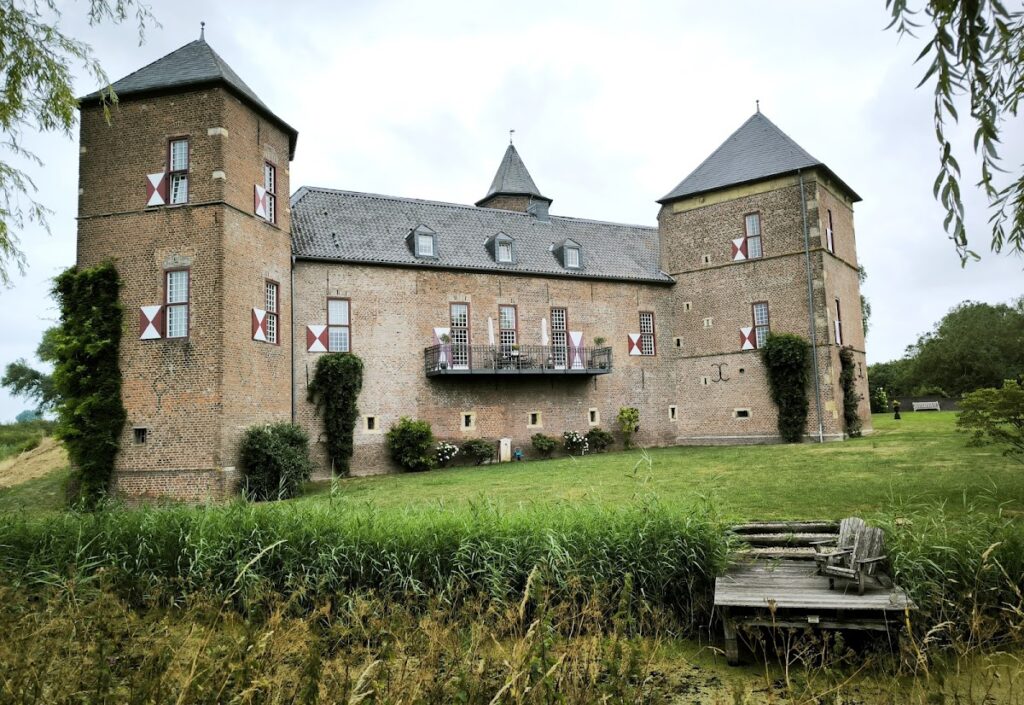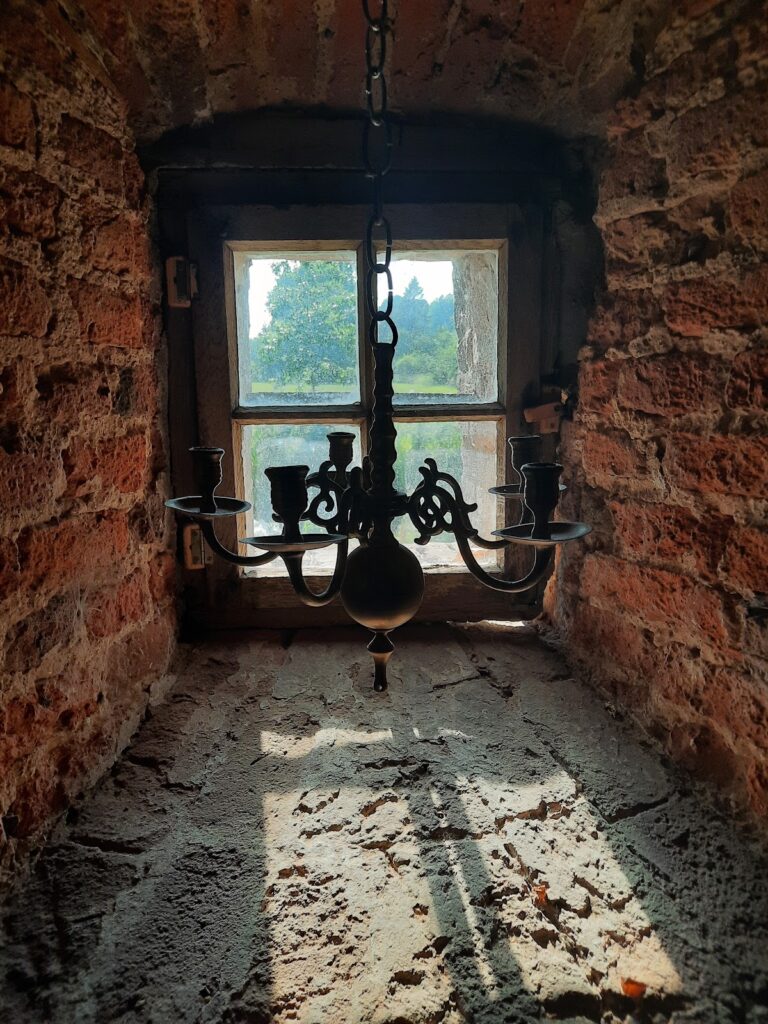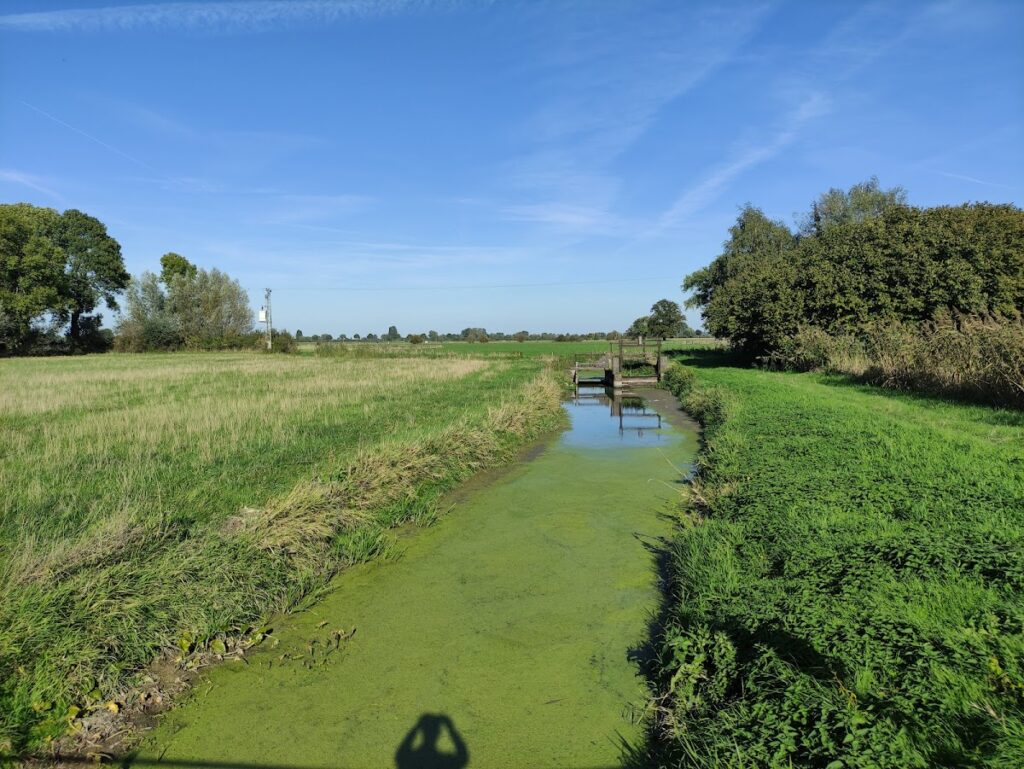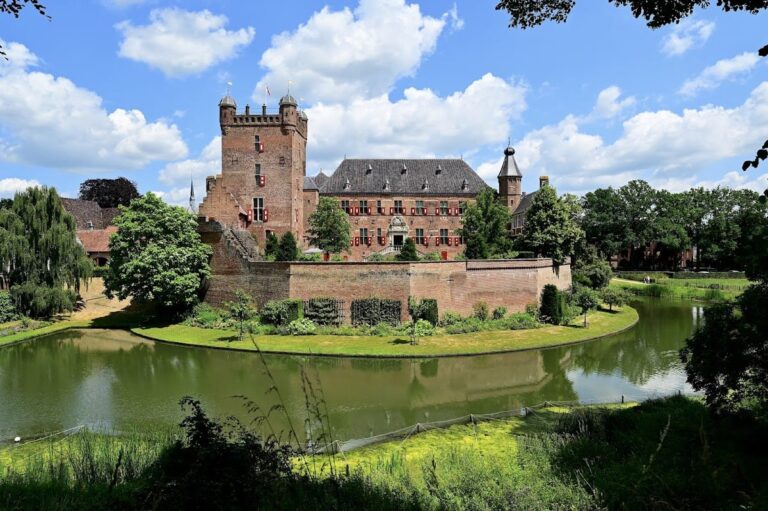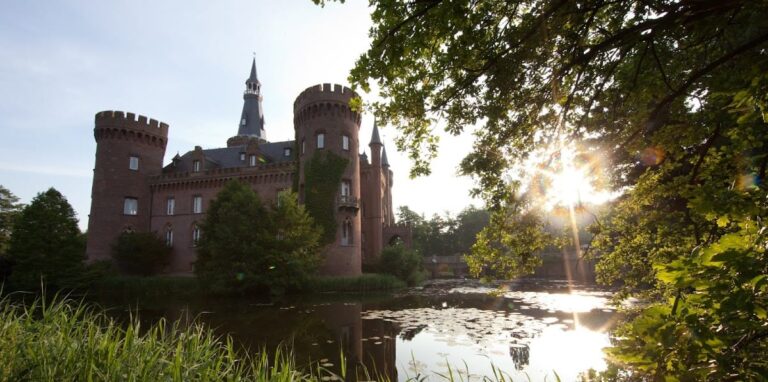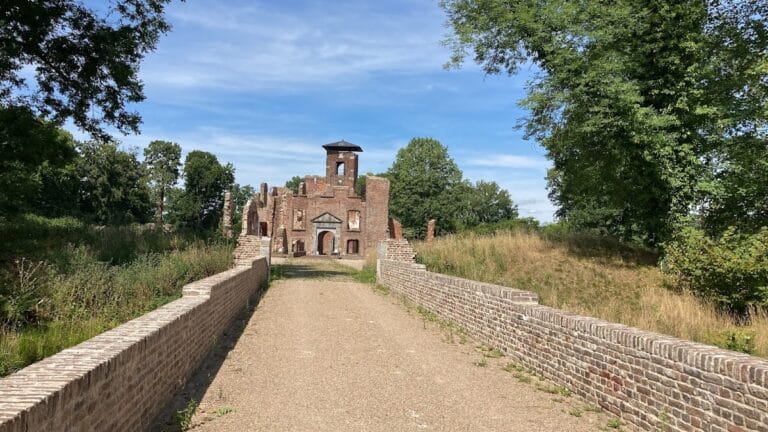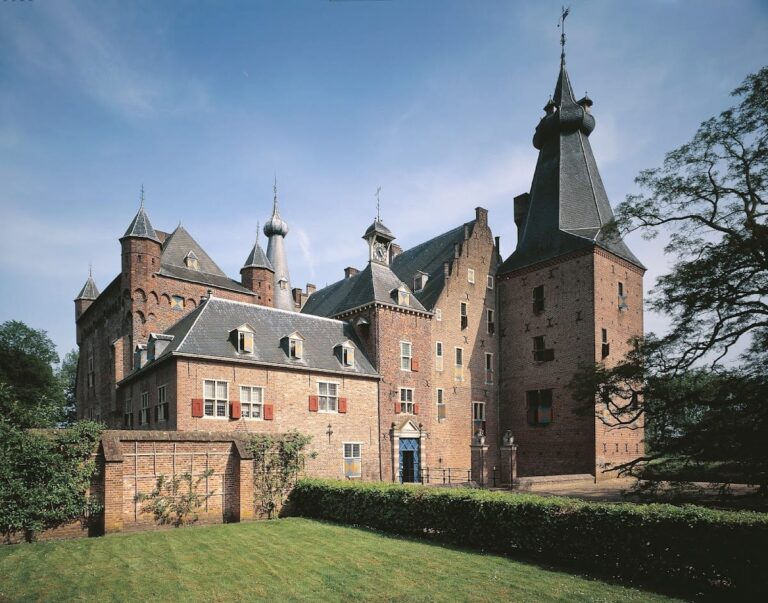Castle Zelem: A Historic Fortress near Mehr, Germany
Visitor Information
Google Rating: 4.6
Popularity: Very Low
Google Maps: View on Google Maps
Official Website: www.burg-zelem.de
Country: Germany
Civilization: Unclassified
Remains: Military
History
Castle Zelem is situated near Mehr in the municipality of Kranenburg, Germany. The fortress was originally established by the medieval Germanic nobility and has a recorded history extending back to the early Middle Ages.
The earliest known phase of Castle Zelem dates to around the year 1000 when a stone motte, a type of raised earthwork topped with a defensive structure, was constructed by Count Balderich and his wife Adela. Shortly after its erection, the stones from this early fortification were removed and repurposed for the construction of a church in Zyfflich in 1003, marking a transition from military to ecclesiastical use of materials. The castle itself enters surviving historical records in the 12th century, where it appears under various names including Selhem, Selem, and Zelm, notably within feudal documents preserved in the National Library of Paris. At this time, the property was under the control of Echternach Abbey, a religious institution whose extensive landholdings stretched across the region.
During the 14th and 15th centuries, ownership of the estate transitioned through several noble lineages. Among these were Gerhard von Horn and the Groesbeek family, before the property passed by marriage in 1464 to the Palant family. This family maintained possession of the castle for several generations, leaving tangible marks such as the Palant coat of arms carved into a stone portal dated to that year. Later, the von Wylich family acquired the estate through matrimonial alliance; their heraldic emblem remains visible on the castle entrance, symbolizing this transfer of stewardship.
The 17th century saw Castle Zelem assuming a prominent military function amid regional conflicts involving Spanish, Dutch, and Brandenburg forces. It served as a training ground for Kurprinz Wilhelm of Brandenburg, who received instruction in warfare at the site from the experienced general Moritz of Nassau. The castle’s fortified position and strategic location contributed to its significance during these turbulent times.
In the 19th and 20th centuries, the castle’s ownership changed several times as it passed between different private hands. Restoration projects occurred sporadically, leading up to a significant preservation initiative by the Arden family between 2000 and 2013. Under their care, a foundation was created to safeguard the site and facilitate cultural events aimed at maintaining the castle’s historical legacy. Since 2016, this has included special annual gatherings celebrating British heritage, reflecting the modern efforts to keep the site active in cultural memory.
Remains
Castle Zelem today primarily reflects architectural developments from the early 15th century. The main construction is a three-winged stone building, originally featuring two corner towers and a stair tower, which together formed a compact fortified residence suitable for its medieval occupants. One corner tower is distinguished by a sandstone frieze that includes decorative motifs, mythical creatures, and sculpted human faces, demonstrating the artistic influences of the period.
A prominent Renaissance-style portal marks one of the major phases of remodeling in 1464. This entrance, made from finely cut ashlar stone, bears the coat of arms of the Palant family, linking the architectural transformation directly to the noble house that then owned the castle. Following this, further enhancements during the 16th century added Renaissance gables to the structure. The corner towers were once topped with ornate domed canopies, but these have since been replaced by simpler pyramid-shaped roofs.
Inside, several notable features have been preserved. A tower room presents a star-shaped vault, showcasing advanced stone masonry techniques, while a large sandstone fireplace in Renaissance style includes the Palant family’s coat of arms as a decorative centerpiece. An additional fireplace on the upper floor of the east tower is adorned with terracotta tiles painted with biblical scenes, reflecting the blend of domestic function and religious iconography within the castle’s interiors.
Beneath the east tower lies a basement containing an open hearth, which was likely used for cooking especially during times of siege. Access is provided by a spiral staircase located in the entrance tower. This stairwell also includes firing slits—narrow vertical openings adapted for firearms—highlighting the castle’s evolving defensive needs. Nearby is a dungeon situated close to the upper entrance of the cellar vault, emphasizing the castle’s role not only as a residence but also as a place of confinement.
The castle was initially surrounded by a water-filled moat, a common defensive feature during the medieval period. Today, the southern section of this moat remains visible, preserving the memory of its defensive function. The complex was further protected by two outer baileys—walled enclosures serving economic and military purposes. Remains of bastion-like corner foundations can still be seen in the northern part of the second bailey, indicating the castle’s layered defenses.
A cistern located close to the south tower supplied fresh water during sieges, an essential feature for sustaining occupants under attack. Around 1800, much of the castle’s defensive structures were dismantled, leaving primarily the main residential wing intact for continued use.
Archaeological excavations and historical documents reveal that Castle Zelem played a role in local fishery management in the early 17th century. Associated fish ponds once existed near the site, though most have since been drained to allow for agricultural development. Modern preservation efforts have included detailed documentation of the site, complemented by 3D digital reconstructions that aid in studying and presenting Castle Zelem’s historical appearance.

